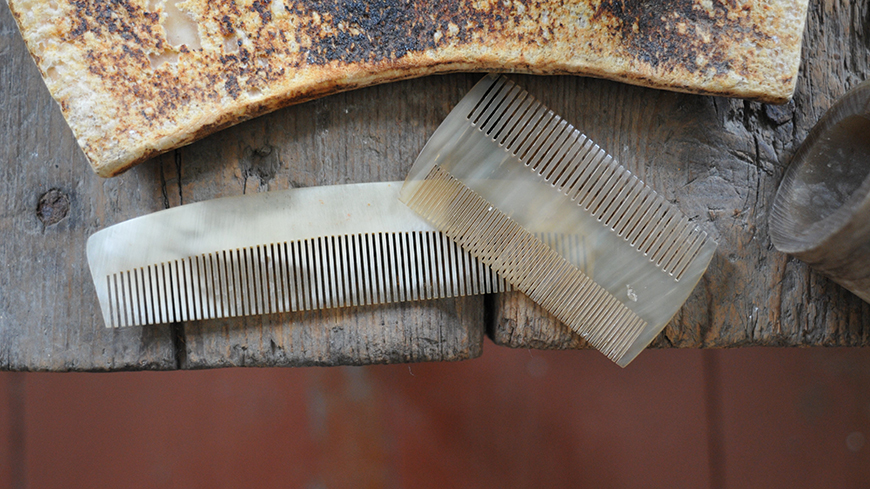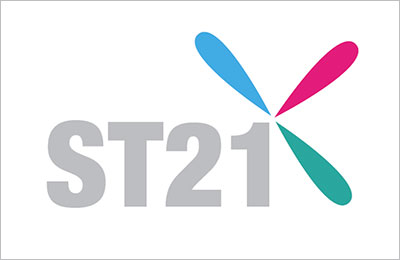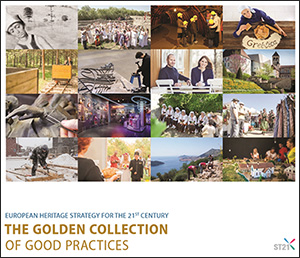Location of the initiative:

Relation to Strategy 21 Recommendations:
S2 - Make heritage more accessible
Time span of the initiative:
Start Date: 1.8.2018 / End Date: 28.2.2019
Motivation / Methodology
The Municipality of Sastamala is geographically very wide (1 532 km2) and has dozens of villages. These villages and local societies each have their own unique history and cultural heritage. The museum of Sastamala is located in the city centre which means that the distance to villages can be long – sometimes over 40 kilometres.
In our initiative, we have increased the participation of villagers in cultural heritage matters. The main goal of our museum’s project was to bring the museum closer to the public. We were trying to reach out to the people who at present are not the main users of museum services. The Project’s name “Jalkautuva museo” freely translated means “The Museum goes into the village”. In other words, we are bringing the museum and its services into the local societies and villages.
Through our initiative, we wanted to increase the co-partnership of the public. In our pilot project we were searching for new ways of encouraging people to collect and value their mutual heritage – especially intangible cultural heritage - and make it visible.
Obstacles / Barriers
The participation of the public on collection work can be challenging for a museum because it often requires a lot of resources – mostly time. We focused on the audience’s point of view and kept the Village Partner model separate from our museum collection. Making cultural heritage visible and more accessible was the main idea in our project.
Activating people to digitalise material was also a challenge. The lack of devices and know-how on technical matters was an obstacle that we faced in the field.
Change / Impact
In our initiative/project we developed a new practice - Village Partner Model - which is now used regularly as part of the museum’s public engagement work. The focus of the model is on participation and the aim is to activate the public to get involved and increase interest in heritage work. The Museum provides tools and expertise for collecting and sharing mutual cultural heritage.
The cooperation with the village partners and the museum starts by choosing a specific theme or topic. It is important that the subject or the theme is generated by the villagers: “What do we want to preserve for future generations? Are there endangered local traditions that need to be saved?”.
Participation and local expertise. In our pilot project we worked in a small village, Keikyä, which is known for its handicraftsmen. Active villagers and the local museum of Keikyä started to collect and research the subject, together with museum professionals. We focused on one specific subject – a horn comb. The initiative for this specific subject arose from the village. In the 19th century and the first half of 20th century, there were several workshops in Keikyä which specialized in manufacturing combs. We organised “memory nights” in the local library where people could come and share their information and memories, or bring some pictures and digitalise them. Village partners had a crucial role when creating a network of local experts in the village. The museum worker gathered the information and helped with the scanning of old photographs. The scanned photos were presented for a wider audience via the web archive: www.sastamala.topoteekki.fi.
Bringing people together. Of great importance in our pilot project was the fact that the village partners provided cultural heritage information especially for children. During the project, the museum and village partners made a “suitcase exhibition” for schools. The exhibition presented comb manufacturing and local handicraft traditions in the form of pictures, texts, artefacts and assignments. The project brought people together and also increased the cooperation between cultural organisations: the Museum of Sastamala, Sastamala’s villages association, cultural services of Sastamala and the library, Sastamala Community College and the Pirkanmaa Provincial Museum.
New ways of presenting history. Our village Partner in Keikyä had experience and knowledge on theatre. This made it possible to make a dramatisation called the Tale of the Horn Comb. The dramatisation was filmed by students from Voionmaa Institute’s audio-visual studies.
Lessons learned
Working with a so-called hard-to-reach audience and enabling the public to get involved in cultural heritage work demands significant input from the museum’s personnel. In our pilot project, we were trying to reach people who were not our average visitors. This meant that networking, communication and working with the audience had to be re-considered, in order to be able to genuinely offer a possibility for wider participation.
During the project, it became obvious that this kind of participatory work was something that the public had wanted from the museum. Villagers were eager to participate and do voluntary work to preserve local heritage that they regard important. By using the Village Partner Model, museums can bring professional museum work and volunteer work closer together and offer an opportunity for the public to influence what kind of topics and themes are preserved for the future.
Online resources
Contact information
Marja Hänninen-Tolvi
The Foundation of Finnish Book Institute / Museum of Sastamala
[email protected]
www.pukstaavi.fi
Source of financing
Financing details
€ 15 000 grant from The Finnish Heritage Agency
Total cost
€ 17 107 inc. personnel, travelling, materials, other costs





